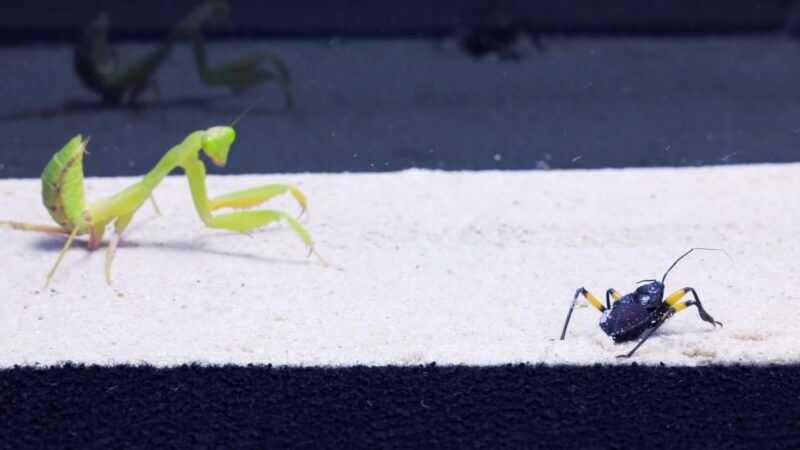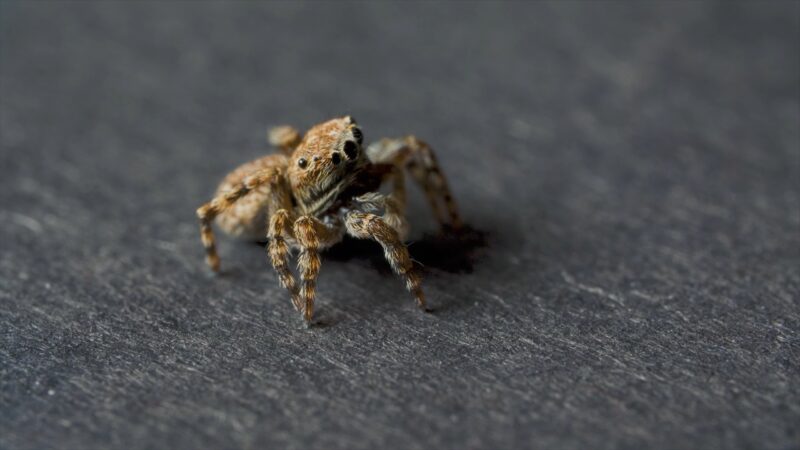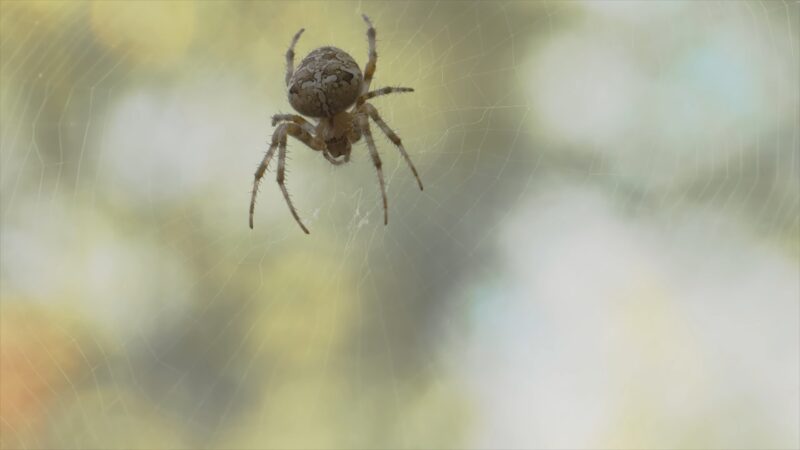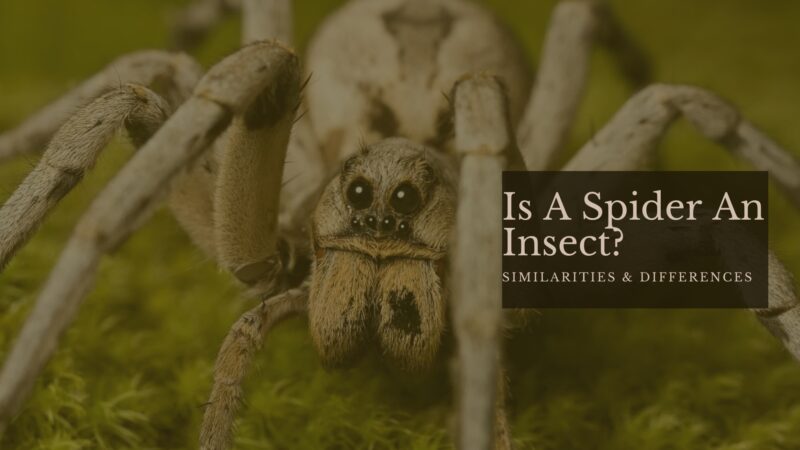In the vast tapestry of the animal kingdom, spiders and insects have fascinated scientists and nature enthusiasts alike. These tiny creatures often evoke a mixture of awe and fear, as they display incredible feats of engineering, predatory prowess, and diverse adaptations.
But are spiders considered insects, or do they belong to a different category altogether? Join us on a thrilling expedition as we delve into the intriguing world of arachnids and insects to understand their similarities and differences.
Arachnids vs. Insects: Taxonomy

Before we begin our exploration, let’s understand the basics of taxonomy, the science of classification. Both spiders and insects belong to the phylum Arthropoda, which encompasses a vast array of joint-legged creatures. However, they diverge into separate classes.
Spiders belong to the class Arachnida, while insects are classified under the class Insecta.
Eight-Legged Marvels: The Secrets of Spiders
Spiders, belonging to the class Arachnida, possess a distinctive anatomy that sets them apart from insects. They feature an exoskeleton, a hard outer covering that provides support and protection. As spiders grow, they undergo molting, shedding their exoskeleton to accommodate their increasing size.
One of the most remarkable features of spiders is their ability to produce silk through specialized structures called spinnerets. These silk-producing organs vary among different spider species and serve a multitude of purposes, from constructing webs to cocooning prey.
A Spidery Lifestyle: Predators in the Night

Spiders are renowned predators, employing various techniques to capture their prey. Some spin intricate webs to ensnare flying insects, while others lay in wait, ambushing their victims with lightning-fast strikes.
But what sets them apart is their venomous arsenal, which varies in potency among different species. Spiders use their venom to immobilize prey or defend against threats.
Miniature Wonders: World of Insects
Insects, belonging to the class Insecta, comprise the largest group within the animal kingdom. They exhibit incredible diversity in shape and size, with over a 2,26 million identified species and likely many more awaiting discovery.
The insect body consists of three main segments: the head, thorax, and abdomen. These segments allow for specialized functions, such as sensory perception, locomotion, and digestion. Insects are famous for their exoskeleton, which not only provides protection but also acts as a rigid structure necessary for their flight.
Flight Mastery: Insect Wings
A defining characteristic of insects is their ability to fly, facilitated by their remarkable wings. Insects have two pairs of wings, with a few exceptions where certain species have lost their ability to fly altogether.
The structure and design of insect wings vary depending on the species. Some have hard, protective forewings called elytra, while others have membranous wings. Additionally, insects possess specialized structures known as pterostigma, which play a crucial role in their flight dynamics.
Spotting the Differences: Comparing Spiders and Insects
While both spiders and insects belong to the phylum Arthropoda, they differ significantly in several aspects:
- Leg Count: Eight vs. Six
Spiders, as arachnids, boast eight legs, giving them exceptional mobility and agility. In contrast, insects typically have six legs, which are adapted for various modes of terrestrial locomotion. - Antennae: A Sensory Distinction
One of the distinguishing features between spiders and insects is the presence of antennae. Insects utilize their antennae as sensory organs to detect chemical cues and vibrations in their environment. Spiders, on the other hand, lack antennae and instead rely on other senses, such as touch and specialized hairs on their legs. - Body Segments: Two vs. Three
Spiders have two main body segments: the cephalothorax (the fused head and thorax) and the abdomen. Conversely, insects have three distinct body segments: the head, thorax, and abdomen, each with specific functions vital to their survival. - Nature’s Collaboration: Insects and Spiders in Ecological Balance
The intricate relationship between insects and spiders plays a crucial role in maintaining ecological balance. Spiders are natural pest controllers, helping control insect populations, thus safeguarding plant life and agriculture.
In turn, insects are essential pollinators, facilitating the reproduction of flowering plants. Without these tiny marvels, many plant species would struggle to survive, leading to a ripple effect on other organisms within the ecosystem.
Mythology and Symbolism: Spiders and Insects in Human Culture

Throughout human history, spiders and insects have been deeply ingrained in cultural myths and symbolism. In various cultures, spiders are associated with storytelling and wisdom, often depicted as weavers of fate. The famous character Anansi the Spider from African and Caribbean folklore embodies the cunning and cleverness attributed to these arachnids.
Insects, too, hold significance in ancient symbolism. For instance, the scarab beetle represented the sun in ancient Egypt, symbolizing the cycle of life, death, and rebirth. Butterflies, with their metamorphic transformation, have been viewed as symbols of change and renewal in cultures around the world.
FAQs
How many species of insects are there?
Insects comprise the largest group within the animal kingdom, with over a 2,16 million identified species. It is estimated that there are likely many more insect species yet to be discovered.
Do all insects have wings?
Not all insects have wings. Some species have lost their ability to fly over evolutionary time, while others possess wings adapted for various modes of flight.
How do spiders and insects contribute to ecological balance?
Spiders are natural pest controllers, helping regulate insect populations, which, in turn, benefits agriculture and plant life. Insects, as pollinators, facilitate the reproduction of flowering plants, supporting biodiversity.
What is the ecological impact of losing spiders or insects?
Losing spiders would result in an increase in insect populations, potentially disrupting ecosystems by affecting plant life and agriculture. Conversely, losing insects would have severe consequences for pollination and the balance of many ecological systems.
How can we protect and appreciate the biodiversity of spiders and insects?
Understanding the roles of spiders and insects in ecosystems and raising awareness about their ecological importance can lead to increased conservation efforts. Protecting their habitats and promoting sustainable practices will ensure the preservation of these remarkable creatures for generations to come.
Conclusion:
As we conclude our enthralling journey into the world of spiders and insects, we discover the wonders of nature’s diversity. While spiders and insects may have distinct characteristics, they share a common thread of adaptability and survival strategies that make them indispensable players in the web of life.
Embracing their uniqueness and ecological importance, let us celebrate these tiny marvels and strive to protect their habitats, ensuring a thriving coexistence for all Earth’s creatures. After all, our planet’s rich biodiversity is what truly makes it extraordinary!
Related Posts:
- What Is the Difference Between Insects and Spiders?…
- What Are the Differences Between Mammals and Birds?…
- 20 Facts About Redback Spiders - Pictures,…
- Which Insects Live In The Tundra? - The Frozen Critters
- Taiga Food Web: Interconnected Relationships between…
- Difference Between Male and Female Bald Eagles:…








